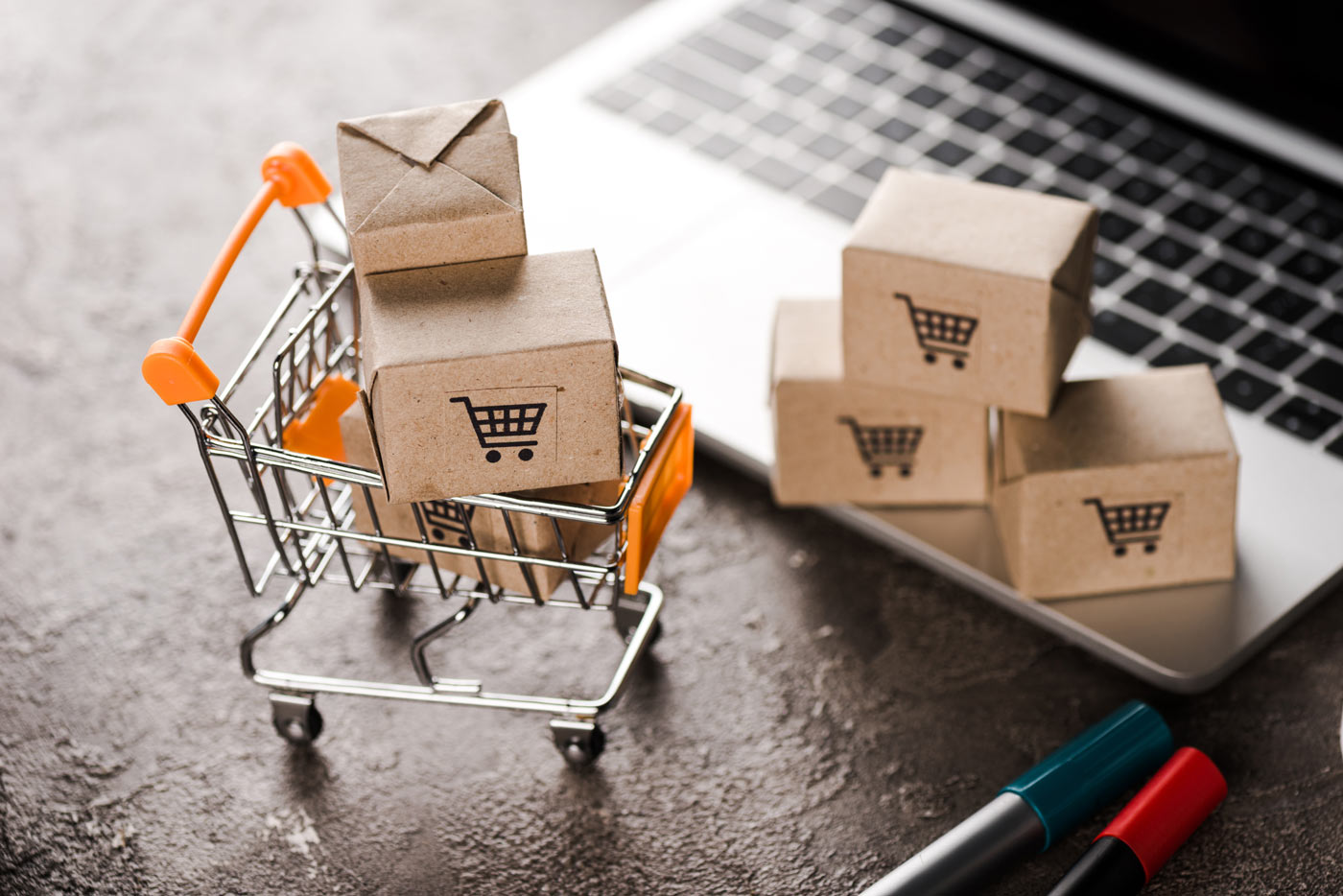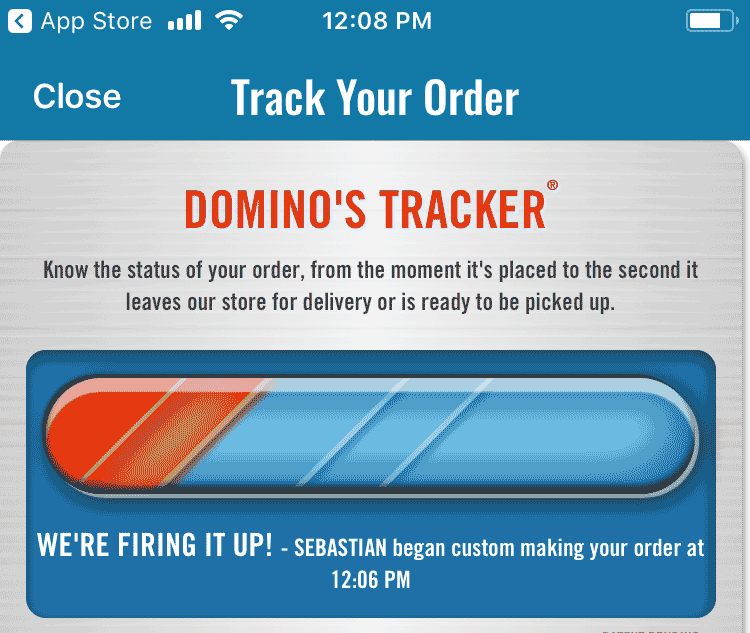Welcome to The Merchant Life, for retailers and retail enthusiasts wanting the insider perspective of all things retail.
Now let’s talk shop.
In Volume Six of The Merchant Life, we focus on fulfillment and why having the right process, infrastructure, and technology in place is the best way to retain customers.
Micro fulfillment, last mile, BOPIS, curbside… the pandemic has accelerated our options but have retailers really been able to get it right?
Let’s get into it.
When Fulfillment Goes Wrong
You select your 3 stripe tracksuit online, checkout, pay and choose free delivery as you have met the minimum order requirement.
Ideally, the product comes off the shelf in the warehouse and gets expedited on over to you.
Then it’s back to back zoom calls in your comfy ‘work’ gear.
But, many other things can happen after you click to buy:
- An email is sent to you saying the item you bought is out of stock.
- The wrong size/colour arrives at your door.
- You are unexpectedly charged freight and duty as you ordered from ASOS.
- The item never arrives.
These situations are common and you might ask why do they occur to begin with?
From my retail life, here are a few scenarios I have encountered:
- Our e-commerce “store” was set up as a separate entity and stock cannot be transferred over from the original allocation. We sold you an item that was already sold and have no stock in the e-com store. So, the thing you bought – we actually can’t send it to you.
- The ERP system does not talk to the warehouse inventory management system and adjustments are made manually or delayed by a day. We sold you an item that doesn’t “exist” in the system yet. So, the thing you bought – we actually can’t send it to you.
- Our sea delivery was infiltrated by pirates (This is legit. Cargo theft and weaknesses in supply chain security are more common than you think!) and our systems showed the inventory in transit and we prematurely sold it to you. So, the thing you bought – we actually can’t send it to you.
Errors during fulfillment are not only common across retailers but in some cases, are unavoidable due to manual mistakes and lack of investment in technology. The pressure applied by the pandemic to supply chains further exposed existing weaknesses in retail fulfillment capabilities.
Take IKEA as an example – an article in Fast Company in 2020 highlights the customer experience of ordering furniture. FC describes that IKEA e-commerce was already nothing to write home about and the pandemic crushed it completely. Stories of frustration range from very long lead times to support teams ghosting customers. From abrupt order cancellations to customer support agents not having any clue where items are.
The IKEA group on Reddit has an extensive thread describing these “hell stories” in more detail. We went rummaging through the comments on the thread and users certainly don’t mince their words when expressing their frustration.
Here’s one of the nicer comments:
“WTF is wrong with IKEA? Went to order a chair and I can’t have it delivered until October, and it won’t allow store pickup either. Guess it’s not possible to shop at IKEA anymore…”
We completely get that the unprecedented surge in demand for ordering online would (and did) catch anyone off-guard. But, this does serve as a demonstrative example of the need to invest in e-commerce and fulfillment capabilities.
Leaving You Unfulfilled
Last week we spoke about the basics of loyalty and how points are not the point. Rather, the overall customer experience is far more important – a great experience creates an emotional connection, trust, and brand perception. That’s the point of loyalty.
If you want a really good example of an emotional connection for order fulfillment, look no further:
We have ordered from Domino’s pizza and this tracker has proven to be very accurate. Since we order from the same location and can see who is delivering, we know exactly who is coming to pay us a visit with our food. Compared to other pizza locations who have dropped the dough ball with inaccurate order times and poor communication, Domino’s nails order fulfillment.
On the other hand, think about the negative food delivery experiences you have had in the past. Whether the delivery was later than promised, the food arrived cold or you got the wrong items – how did that make you feel? Better yet, did you order from that restaurant again?
Retailers should be thinking along the same lines, especially with changes in shopping patterns today. How do customers really feel about their last mile delivery experience and how did the items they ordered end up at their door? We hope that executives sitting in offices would shop their own business to understand what the experience looks like.1
Salesforce argues that the demand for convenience means retailers have to get their inventory management in check. Naturally, if inventory is managed well, the order fulfillment becomes easier.
The bottom line is that when product doesn’t reach the customer as promised – you lose trust.
You lose your customer’s loyalty.
And they move on to the next brand.
Fulfillment Considerations
As retailers start to turn to different options around automation, robotics and micro fulfillment to keep supply chains flowing, getting goods to customers faster without hiccups will keep retailers in the game.
Whether you are setting up a dark store (store turned into a local distribution centre) or working with a partner like Fabric to set up a micro fulfillment centre, the messaging is the same. The trend of using technology to automate picking and getting physically closer to the customer for faster last mile delivery is here to stay.
According to the much discussed article in Forbes this week on Walmart’s automated micro fulfillment centres, Walmart CEO Doug McMillon spent some time on the Q4 earnings call talking about these new fulfillment centres:
“If we find that it’s working really well and we can go faster, I’m going to be in the camp of wanting to go faster, because this looks like it’s going to be really great for our supply chain, great for customers, great for the company,”
Here’s what we found quite fascinating in the Forbes piece: “McMillon talked about how Walmart made a deliberate choice years ago to focus in the U.S. market, on in-store pickup for online orders rather than delivery. That choice has paid off during the pandemic as Walmart’s investments helped it handle the surge in online orders.”
The concept of fulfillment in this case relied on the customer going to the physical location but also showcased Walmart’s foresight to invest in BOPIS early on. So once the pandemic pressure clamped tight, Walmart was able to focus on selling product because the challenge of getting product right to the customer door on time was eliminated.
Regardless of how the last mile is traveled, investing in fulfillment is a way to keep your customers fulfilled.
So, if you’re reading this as a large, established brand or a new DTC player, how do you make that investment?
We sat with Chloe Wiilcox, a fulfillment expert and Head of Demand Generation at Zendbox, to discuss a few best practices.
She listed three considerations below as the most important when talking fulfillment:
- Real-time Data
- Courier and Shipping Management
- Customer Service
Real-time Data
“Inventory accuracy and visibility are crucial as incorrect stock level data is the single biggest cause of overselling issues.
Having a central point of truth for your data that automatically transfers information across platforms saves serious time and money. This is where a lot of the inventory-related errors (overselling) can be prevented, by introducing up-to-date stock levels across all systems. The focus is to make sure your portal/access is in full view and real-time.”
Courier and Shipping Management
“Managing couriers can be a nightmare for a retailer. Multiple couriers, different services, and different prices – finding the most reliable and error-free provider is the WORST.
You want to select a couple of preferred couriers that offer a few services for the customer to choose from, but ideally you’ll want to use AI to access all the courier services, automatically selecting the best rates and services every time – saving you time and money while making more accurate decisions.”
Customer Service
“More than 50% of customer service calls are WISMO (where is my order). Using suppliers and technology that proactively communicate with customers on their delivery – even more so if it’s late or delayed should be the standard offering.
Ideally, the best customer service is no customer service. Like the book says, liberate your customers by eliminating the need for service – it is the best way to satisfy customers. (Check out the book by Bill Price and David Jaffe).
Hitting the Target
Marshall McLuhan was a Canadian philosopher and communications theorist who coined the phrase “The Medium is the Message”. In his book, Understanding Media: The Extensions of Man, McLuhan defines the message of media as content which is easily understood and consumed. But, the nature of a medium (HOW a message is transmitted) is more important than the message itself.
Channels of buying are no different. Whether consumers buy in person or online; whether they pull up curbside or wait for delivery for the last mile, we need to think of the customer journey as channel-less. What’s more important today is HOW customers buy as opposed to WHAT they are buying. A t-shirt is a t-shirt is a t-shirt.
But if that t-shirt that arrives in the mail later than expected, it is less revered than the one that is ready for pickup at the right on time.
As retailers like Walmart and Target plan to invest more in fulfillment, seamless integration across channels, real-time visibility of inventory will allow retailers to fulfill faster and fill orders correctly.
This week, CNBC discussed Target’s Q4 2020 earnings: “Target will invest about $4 billion annually over the next few years to speed along new stores, remodel existing ones and increase its ability to quickly fulfill online orders. Among the moves, the retailer will test tech-enabled ways to restock shelves and new hubs that sort packages for more cost-efficient delivery routes.”
Investing in fulfillment, supply chain, and technology will give retailers the tools to get fulfillment right every time.
Let’s just get it right.
RSG Insights – The Merchant Life
While working in industry, my biggest challenge over a span of 20+ years, no matter which retailer or brand I worked for or in which country, the lack of technology and visibility to real-time data was one thing common across all the stores I worked with.
Many of my merchant friends still have the same challenges today.
Imagine building a distinct yet cohesive assortment for over 120 stores, planning and presenting product assortments by cutting and pasting photos to a buy plan in EXCEL.
Cut and paste photos.
IN EXCEL.
Much of the outdated processes being used today are centred around old and tired legacy systems, manual entry of data, and no predictive analysis to support buying decisions.
As the role of the merchant shifts to be more customer strategic than ever, with the role of data and insights changing the way we serve the consumer – how can buyers continue to work this way?
If I could wave the magic wand, here are the three things I would give buyers today:
- A smart merchandising system to help plan product assortments, number of styles and quantity/depth using predictive analytics, customer data trends by region and store type in addition to customer search data.
- Visibility on in-season sales and returns across stores, eliminating the guesswork from inconsistent EDI reporting and manual sales reports.
- Opportunity to revise and adjust buy plans based on shifts in season, lining up with customer demand.
Getting closer to the customer is what retail is all about.
And it starts with enabling the merchant and setting them up for success.
Remove the guesswork – give merchants the tools and technology to make better customer-centric decisions.
Help them get it right.





